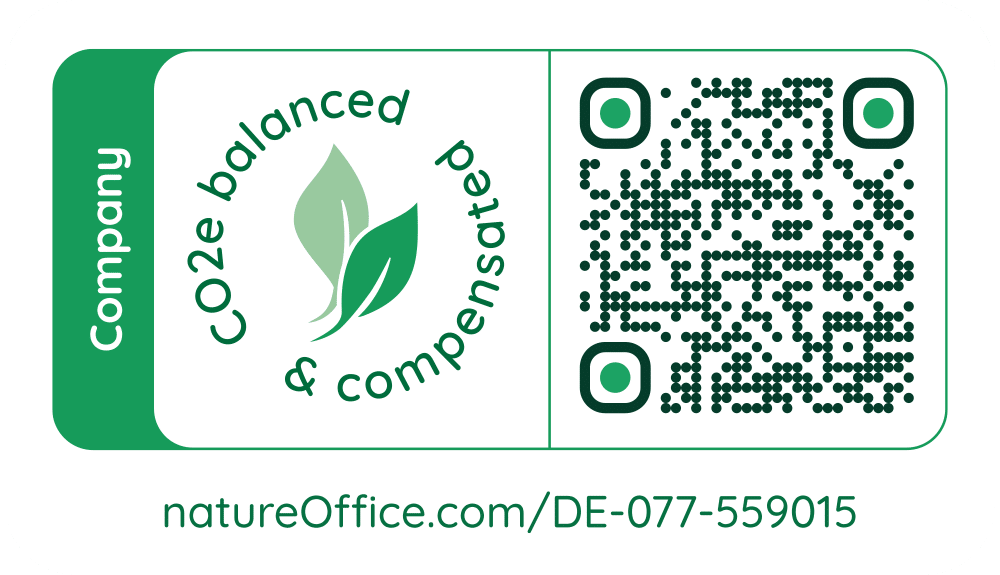Safe handling of tooling resins
We continue testing alternatives to replace hazardous materials and to meet technical requirements.
Here a survey of important guide lines applying to our products:
REACH: Registration, evaluation and authorization of chemicals
REACH: a regulation of European chemicals law. REACH focuses on the protection of persons and environment against chemicals produced or imported in the EC by making important safety instructions for safe handling of these substances available.
Before REACH regulation all (new) substances ELINCS, produced or imported since 1981 in Europe had to be subject to various tests. For all (former) substances EINECS (approx. 100.000) the industry obliged voluntarily to supply information which unfortunately has only be done on a limited scale and therefore leading to the resolution about the European chemicals law REACH (registration, evaluation and authorisation of chemicals).
As per REACH no differentiation between new and former substances, registration of all produced or imported substances exceeding certain quantity limits (incl. detailed safety report on substances) required. All registered substances are examined by ECHA (European Chemicals Agency) and approved for safe applications (being subject to prior registration).
Approved applications and numbers of registration are noted in safety data sheets for these substances. In case of further application than registered, you can apply for direct registration about safe application at responsible agencies. Applications beyond registration not allowed. Regular registration depending on hazardous contents and quantities from December 2008 to June 2018.
Due to high examination costs for producers and importers some substances might be removed (not foreseeable to what extent) from the product range. Close contact to suppliers for short-term information about latest developments. In case of any modification we will recommend alternatives.
For more information about REACH see information portal German Federal Environmental Agency.
SHVC: Substance of Very High Concern
Substances of very high concern, i.e. chemical substances identified under the REACH Regulation on the basis of their properties and having serious effects on human health or the environment, must be considered separately once again. As Annex XIV of the REACH Regulation is extended every six months (end of June and end of December), it is necessary to review the current candidate lists in order to respond to the latest classifications.
We strive to replace SVHC substances as far as technically possible to ensure a low risk potential for humans and the environment. If a product contains more than 0.1 percent by weight of one of these substances, information is required. Whether the products you have purchased contain substances of very high concern can be found in the respective safety data sheet under section 3 and section 15.
Diisocyanates: restriction of diisocyanates
A very topical issue is the restriction of diisocyanates. The basis of the restriction is the proven allergenic effect of these substances via skin contact (dermatitis) and inhalation (asthma).
The restriction (Regulation (EU) 2020/1149) sets requirements for the use and placing on the market of diisocyanates as substances on their own, as constituents of other substances or in mixtures for industrial and professional uses in concentrations higher than 0.1% by weight.
Specifically, the restriction stipulates the following:
After 24 August 2023, diisocyanates may only be manufactured, distributed and used if the required employee training has been provided and documented. The training of employees must be repeated every 5 years.
In addition, from 24 February 2022, all affected products would have to be labelled and equipped with the notice "From 24 August 2023, appropriate training is required before industrial or professional use". You will find this notice on our safety data sheets since the deadline.
So how do you know if you need training and what training you need?
You only need training if you manufacture, distribute or use diisocyanates. You will know whether products you purchase from us are affected by this if the above-mentioned notice appears on the safety data sheets. Therefore, please pay special attention to the safety data sheets that are sent to you as part of the automatic dispatch.
There are three defined training levels that cover a wide range of topics, such as level I "chemical properties of diisocyanates, occupational exposure limits" or level II "handling of open mixtures at room temperature" or level III "spraying outside a spray booth". Among other things, the manufacturers' association ISOPA/ALIPA has created an online training portal where you can find the right training for your specific applications and also select and book it right away. There you can also choose whether you want to book e-learning, face-to-face courses or hybrid courses for your employees. The following link will take you directly to the training portal:
Safe use of Diisocyanates – Startseite (safeusediisocyanates.eu)
The Fachverband Schaumkunststoffe und Polyurethane e.V. (FSK) has also created a possibility to inform yourself about the topic of restrictions of diisocyanates and the resulting training courses via the following link. At the FSK it is also possible to select and book the necessary training courses.
If you purchase products from us that contain diisocyanates, it is necessary to plan this training independently for all employees who have contact with the material by the deadline of 24 August 2023. Please note that the responsibility for this has been placed in your hands by the legislator.
If you have any questions on this topic, please contact us.
GHS: Globally Harmonised System
Word wide unique system GHS (Globally Harmonized System) for classification and labelling of substances for facilitation of global trade. Most apparent modification: labeling with new "hazardous goods"/ danger symbols.
Broadly based classification limits lead to increasing classifications. In Germany implementation of EU GHS (CLP) regulation, differing from the world wide version on some points.
For more information about hazardous goods see our ebalta labels.
ebalta switched to GHS labelling on Dec. 1st 2010. For important information about classification, sales packages, batch numbers and storage life see our ebalta labels upper box.
For more information about GHS see information portal German Federal Environmental Agency.




